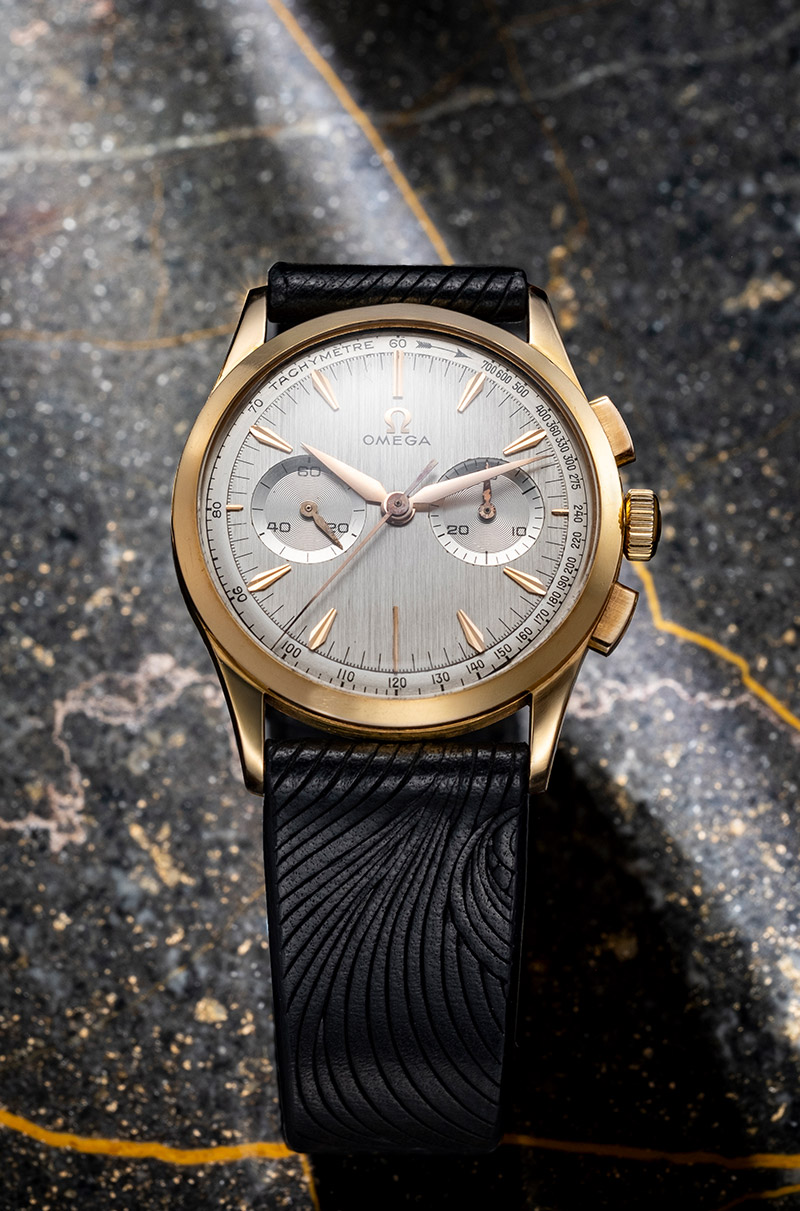April 4th
Handle with Care
Many vintage watches were made in an era before shock-resistant cases and synthetic lubricants. That means they're often more delicate than their modern counterparts.
Here are a few simple practices to minimize wear:
- Avoid drops and impacts: Even a short fall can damage the movement or crack the crystal.
- Keep away from magnets: Vintage watches are more prone to magnetization, which can affect timekeeping.
- Don't overwind: Manual-wind watches should be wound just until you feel resistance—never force it.
Regular Servicing is Key
Just like classic cars, vintage watches need regular servicing. Most experts recommend a full service every 5 years, depending on use and condition. A proper service includes:
- Disassembling the movement
- Ultrasonic cleaning of components
- Replacing worn parts
- Re-lubricating pivots and gears
- Regulation and timing adjustments
Tip: Always use a watchmaker experienced with vintage timepieces.
Not all modern repair centers are equipped to handle rare or discontinued parts.
Choose a watchmaker who understands the value of the original dial, hands, crown and pushers.
If they use modern service parts, your watch is not vintage anymore.
Keep it Dry
Many vintage watches were not designed to be waterproof, and even those that once were may no longer hold up after decades.
- Avoid exposure to water entirely, including handwashing, rain, or humidity.
- If your watch is labeled as “water-resistant,” have the seals checked and replaced before trusting them.
- Store in a dry environment - a silica gel packet in your watch box can help reduce moisture.
Store Properly
When you're not wearing your watch, proper storage helps prevent damage and keeps it in pristine shape.
- Lay it flat or use a padded watch pillow.
- Avoid direct sunlight - UV rays can fade dials and damage luminous paint.
- Rotate watches in your collection to prevent the lubricants from drying out.
Preserve Originality
Collectors and enthusiasts value originality. Replacing dials, hands, or bezels with non-original parts might reduce your watch's value significally.
- If replacements are necessary, ask for period-correct or OEM parts.
- Avoid polishing the case excessively - it can wear down edges and distort the watch's original shape.
- Always keep original parts, even if they're swapped out.
Wind and Wear Regularly
Mechanical watches like to be worn. The movement of the rotor in automatics or manual winding helps keep the lubricants inside distributed evenly. If you don't wear your watch often:
- Wind it once a month to keep the oils circulating.
- Set the time and date properly - never change the date between 8 PM and 4 AM, as this can damage the mechanism.

